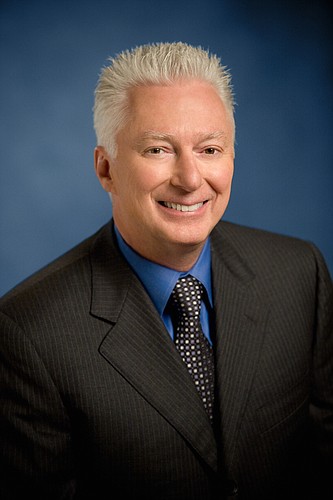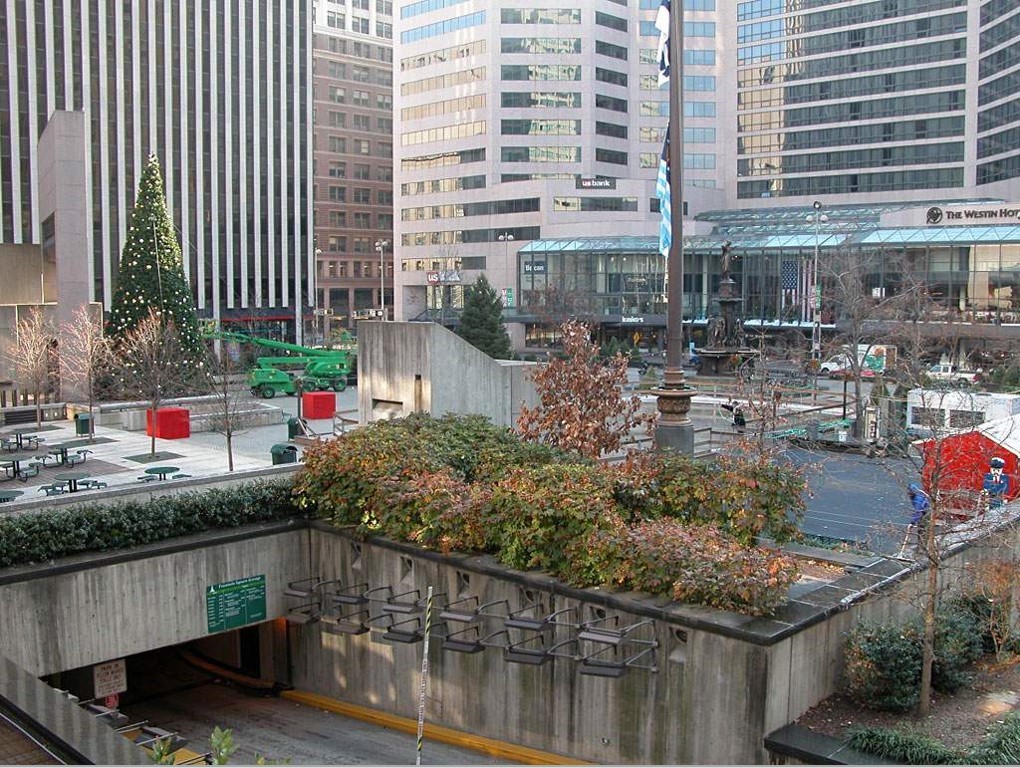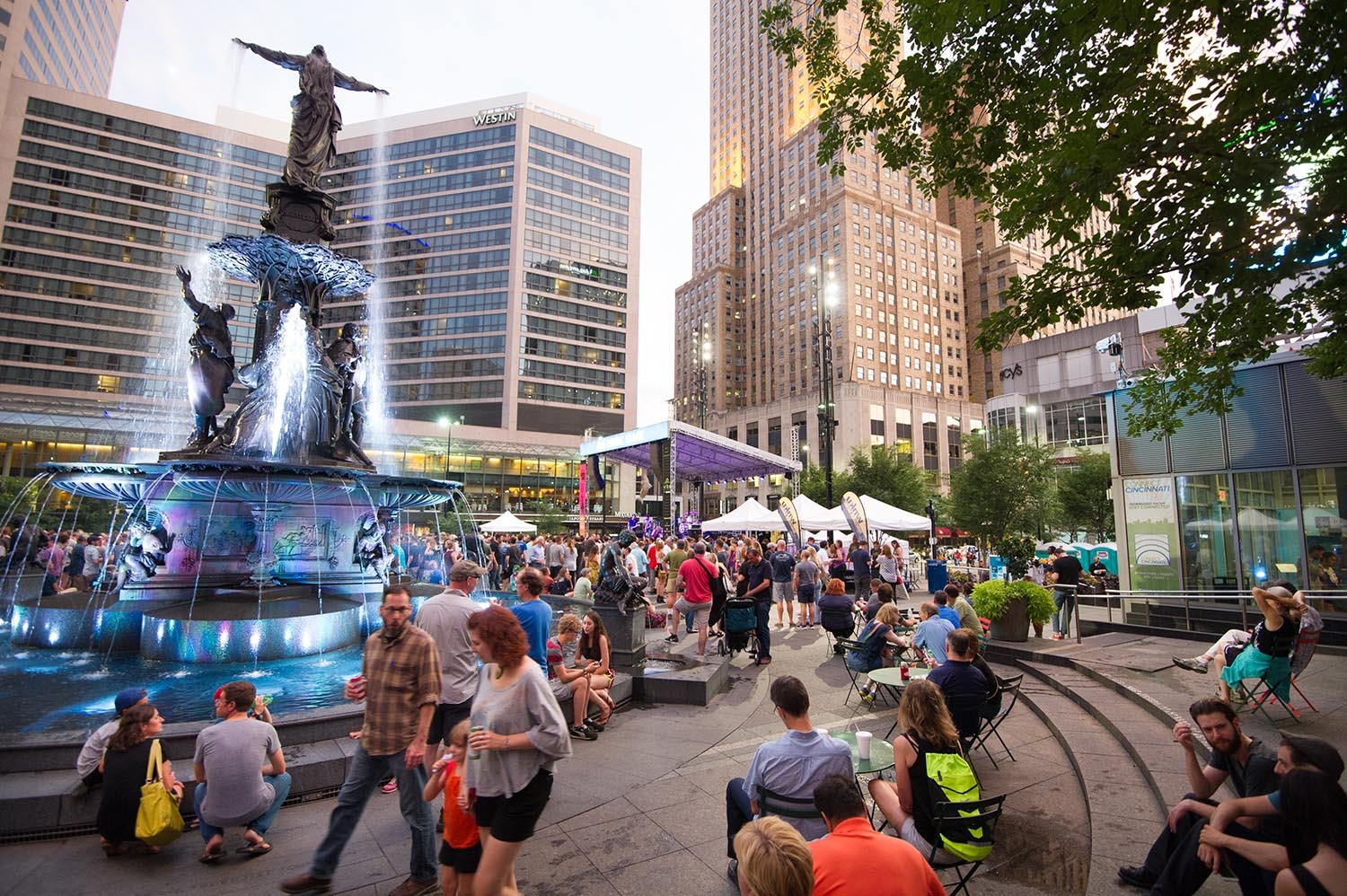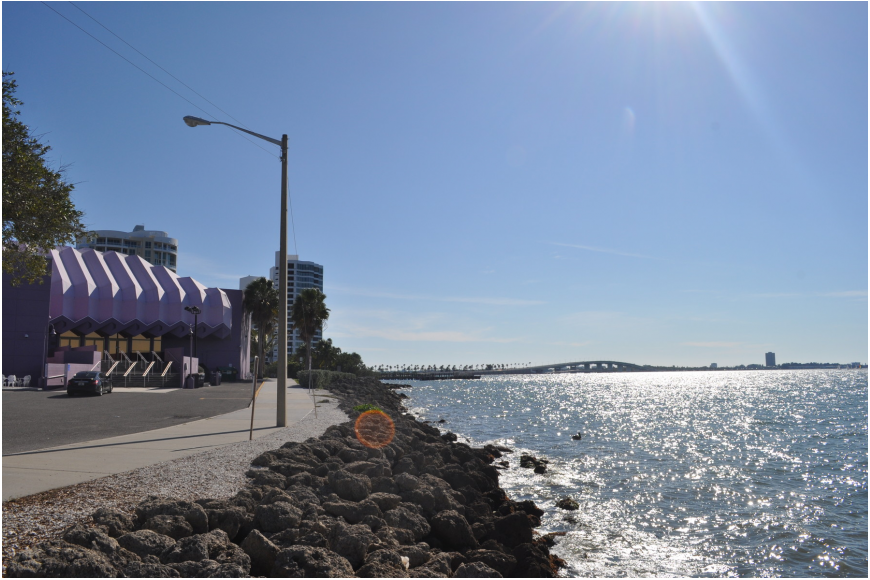- April 25, 2024
-
-
Loading

Loading

A.G. Lafley is a renowned businessman, but there’s at least one thing he’s not great at — retiring.
The former president and CEO of Procter & Gamble stepped down from that position in 2010. After originally buying a part-time residence on Longboat Key when his father moved to the area in 2004, he eyed a home in the city near the bayfront for his post-business life.
By 2013, though, he was back at the helm of Procter & Gamble. In 2016, he stepped away from the company for good — and from all but one of the boards of directors on which he served, finally settling into Sarasota as a retiree.
In October, though, he agreed to join a new board — The Sarasota Bayfront Planning Organization, a nine-person group that will produce a master plan for 42 city-owned acres surrounding the Van Wezel Performing Arts Hall.
The SBPO will work with a professional planning firm to implement the community vision outlined by Sarasota Bayfront 20:20, the grassroots movement pushing for the redevelopment of the bayfront property. The group met in December for the first time, naming Lafley its chairman.
The planning organization’s work is still in its early stages, but Lafley and the rest of the board are determined to produce a high-quality plan for one of the most significant pieces of land in Sarasota.
We spoke to him to get some insights on his background and his vision for the future of the bayfront. Here are five of our biggest takeaways:
In 2003, Lafley agreed to serve as the chairman of Cincinnati Center City Development Corporation, or 3CDC. The private nonprofit has helped invest more than $1.1 billion in the redevelopment of civic spaces and blighted areas of Cincinnati.
The group’s work started with the revitalization of Fountain Square, a 2-acre public square bordered by private buildings. Working with the city, 3CDC raised private funding to help refurbish and install programming in Fountain Square. The $48.9 million project helped turn the property into the city’s premier public space, with more than 2 million people visiting annually.
Although 3CDC manages the property, the city retained ownership of Fountain Square. “It’s programmed virtually every day of the year,” Lafley said. “Thursday night is Salsa Night; Friday night is Indie Music Night.”
Lafley stepped down as chairman of 3CDC in 2010, but the group’s work continues. That’s one of his major takeaways from the experience: “This work is never done. Cities and communities have two choices: They either get better, or they get worse.”


“Every one of these civic projects has a different background, a different context and a different history,” Lafley said. “I remind myself and our team that anything we did before that was anything like this will not be like this. Maybe some of the principles will be the same, but the specifics will be different.”
Some of the principles he’s bringing into his work with the Sarasota Bayfront Planning Organization include a faith in the value of public-private partnerships and a focus on establishing a continuing community conversation about the revitalization. He’s also a firm believer in the importance of creating activity and programming in addition to redeveloping the bayfront: “You’ll know when you get something right, because people go there and they use it. They come back, and next time they bring their family and friends and they use it again.”
“You’ll know when you get something right, because people go there and they use it.”
He doesn’t want to reinvent the wheel, either. Cities across the country have undergone successful revitalization efforts. Lafley just doesn’t want to exclusively draw on his own experience when considering what’s best for Sarasota. “Most problems have already been solved,” he said. “You just don’t know where they have been solved.”
Working on an initiative to help improve Sarasota was a deliberate choice. “I spent a big chunk of my life working all the way out to global,” he said. “I worked eight years in Asia. I worked at a company that’s now in more than 100 countries.”
His family’s connection to the area goes back decades: His grandmother used to drive from Keene, N.H. to watch the Boston Red Sox in spring training. He values the input of the entire community — and because the SBPO meetings are open to the public, he wants people to stay engaged as the group’s work continues.
Although the SBPO hopes to produce a plan within 18-24 months, he’s not motivated by a timeline. He wants to get it right. Ultimately, the City Commission will make a decision on whether to move forward with the SBPO plans, so Lafley said it’s important to create a project in which the citizenry is invested. That’s why he’s keeping a very open mind at this point in the process.
“If someone asked me what the plan was, I’d say I have no earthly idea,” he said. “And I’d be telling the God’s honest truth.”
In Cincinnati, Lafley said, 3CDC only knew that they wanted to help revitalize some portions of the city — they didn’t know where, exactly. In Sarasota, they have a precise target: 42 acres of bayfront land surrounding the Van Wezel. “We’ve picked the place,” he said. “It exists. The city owns all of it. That’s actually a bit of an advantage.”
“You have a lot of things going for you that these Midwestern cities don’t have.”
Florida may be the butt of the nation’s jokes, but Lafley said revitalizing a Midwestern city posed a bigger challenge. “They’re so much bigger and harder and messier to manage,” Lafley said. “You have rising household income. Cincinnati didn’t enjoy that situation. You have 96, 106 different nationalities residing in a city the size of Sarasota. Cincinnati’s pretty diverse, but probably not that diverse. You have a lot of things going for you that these Midwestern cities don’t have.”
He knows there are issues to overcome as the planning evolves: How do you address the needs of the Van Wezel, the Sarasota Orchestra and Sarasota Ballet and all of the other organizations involved with the site? How do you address traffic and parking concerns?

But he sees the revitalization of the bayfront as a once-in-a-lifetime opportunity for Sarasota, and that’s what will keep the community motivated to get something done. “That’s such a cool location,” he said. “Think about it: Just stand there and stare at the bay, and you say, ‘Let’s not mess this up.’ Take a picture of that in your mind. I have three grandchildren — my grandchildren are going to want to stand there and take a look at this.”